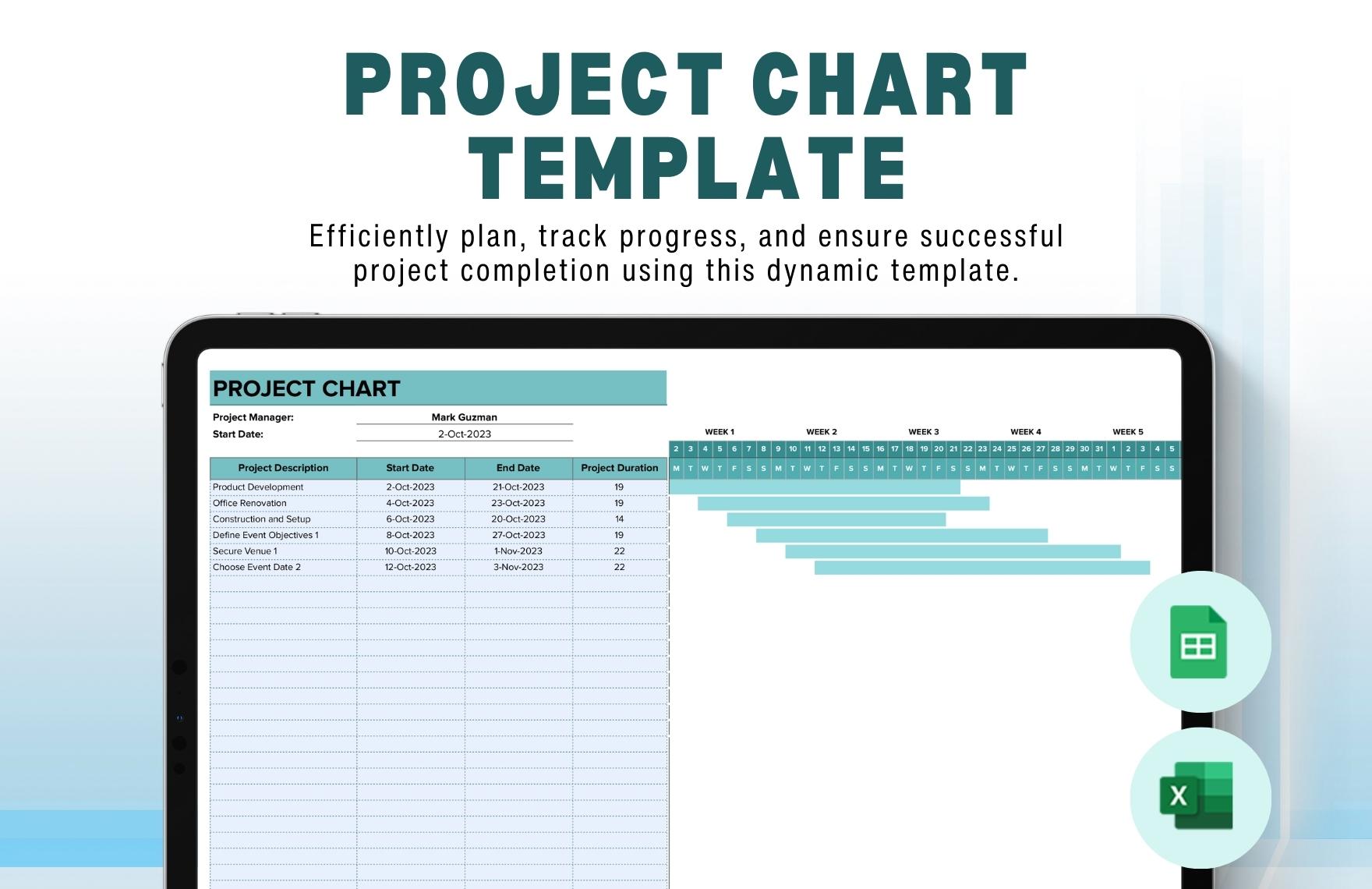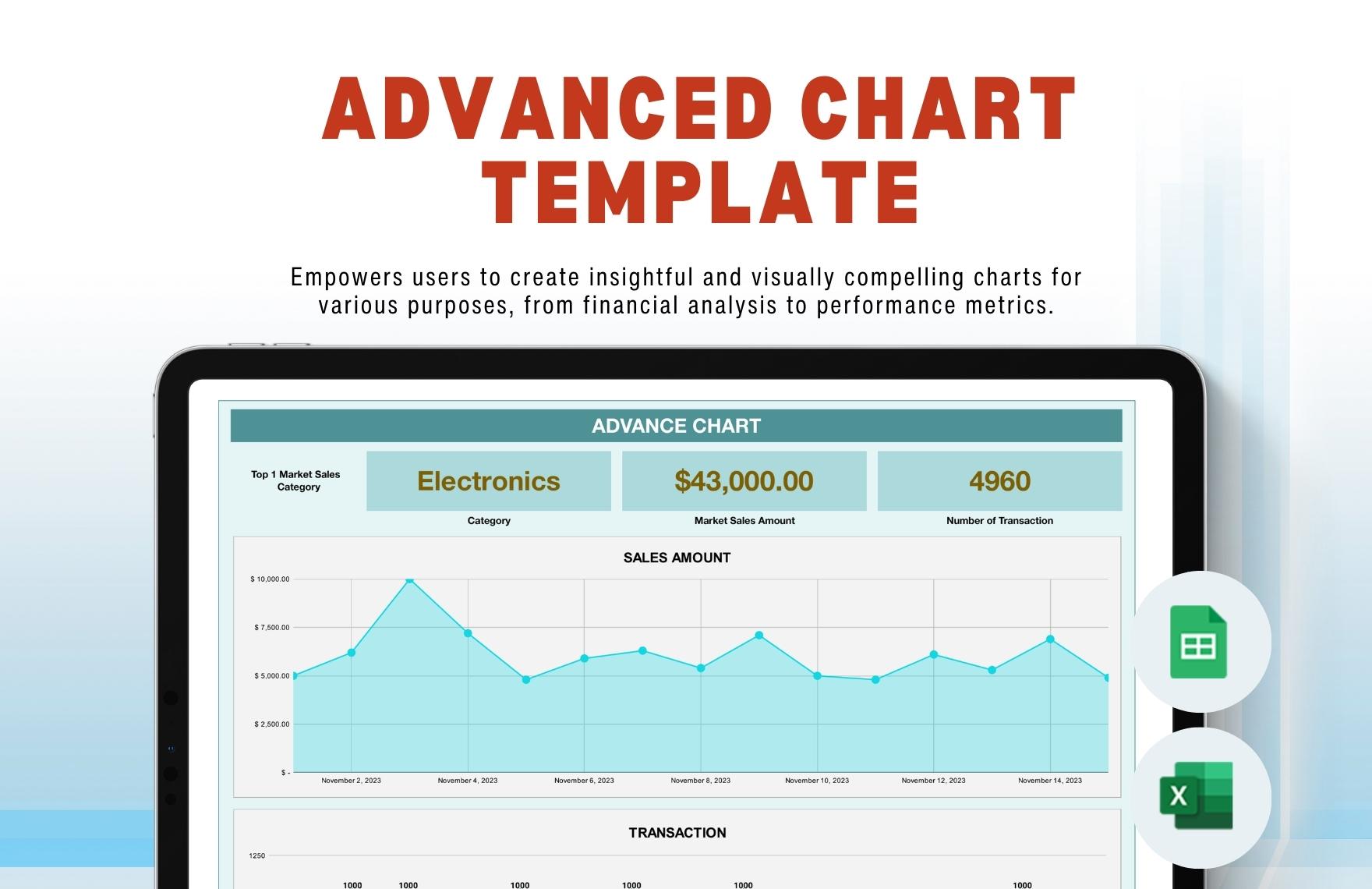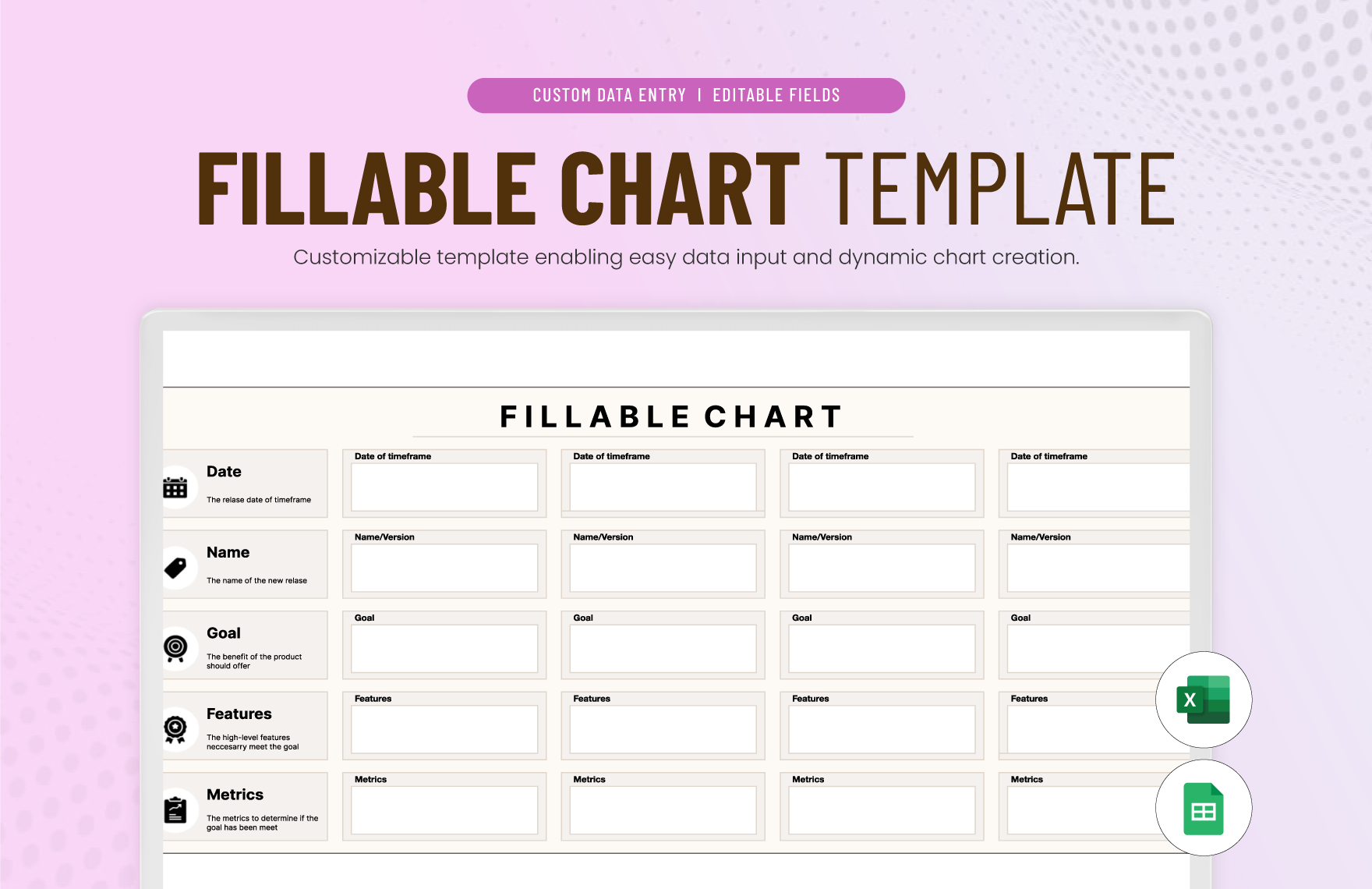Unlock Instant Data Insights With Your RemoteIoT Display Chart Free Template
Are you looking to keep an eye on your connected devices, maybe from a distance? It's a pretty common need these days, you know, to see what your smart gadgets are doing without being right there. People often want to look at their data, perhaps from a home sensor or a small business setup, and they want to see it clearly. This is where a good way to show that information, like a chart, can really help.
Lots of folks, actually, are figuring out that getting data from far-off internet-connected things, or IoT devices, doesn't have to be a big, complicated job. There are ways to make sense of all those numbers and readings. It's about turning raw information into something you can easily understand, so you can make decisions or just see what's going on.
So, we're going to talk about something really useful: a free template for displaying your remote IoT data in charts. This kind of tool can make a big difference, helping you visualize your information without a lot of extra work or cost. It's about making things straightforward, more or less, for everyone who needs to track their devices.
Table of Contents
- What is a RemoteIoT Display Chart, Really?
- Why You Might Want a Free Template for RemoteIoT Data
- Key Features to Look for in a RemoteIoT Display Chart Free Template
- How to Pick the Best Free RemoteIoT Display Chart Template for You
- Practical Steps to Use Your RemoteIoT Display Chart Free Template
- Common Challenges and How to Handle Them
- The Future of RemoteIoT Data Display
- Frequently Asked Questions (FAQs)
- Conclusion
What is a RemoteIoT Display Chart, Really?
A RemoteIoT display chart is, well, a way to show information from your internet-connected devices. These devices, like sensors or smart home gadgets, send out bits of information. This information might be about temperature, how much light there is, or if a door is open. So, you know, it's all about getting those readings.
These charts take that raw data and turn it into pictures. Think of it like a graph or a line drawing that changes as new information comes in. It helps you see patterns and changes over time, which is pretty useful, actually, for many different kinds of projects.
Seeing Your Data from Far Away
The "remote" part means you don't have to be in the same room as your device to see its data. You could be anywhere, really, with an internet connection. This is a big deal for things like monitoring a garden's soil moisture while you're at work, or keeping an eye on a server room in another building.
It's about having access to your device's information no matter where you are. This kind of setup gives you a lot of freedom, you know, to check in on things whenever you want. It's a very practical way to stay informed, pretty much.
Why Visuals Make a Big Difference
Just looking at a list of numbers can be a bit much, you know? It's hard to spot trends or problems when all you see are columns of figures. Charts, on the other hand, make that information jump out at you.
A line going up or down on a graph tells a story much faster than a bunch of numbers. This visual way of showing things helps you understand what's happening at a glance. It's a more natural way for our brains to process information, actually, and helps us catch things we might otherwise miss.
Why You Might Want a Free Template for RemoteIoT Data
Using a free template for your RemoteIoT display charts has some real perks. For starters, it means you don't have to build everything from scratch. That can save you a lot of effort, and time too, which is always a good thing.
These templates often come with a basic structure already in place. You just plug in your data sources, and you're more or less ready to go. It takes away some of the guesswork, you know, especially if you're just getting started with IoT projects.
Saving Money and Time, You Know
One of the biggest reasons people go for free templates is the cost, or rather, the lack of it. Building a custom data display system can get expensive, really, with design and coding costs adding up. A free template means you avoid those upfront expenses.
Also, it saves you a lot of time. Instead of spending hours or days coding a display, you can get a basic setup running in a much shorter period. This lets you focus on your actual IoT project, which is what matters most, at the end of the day.
Getting Started Without a Lot of Fuss
For many people, the idea of setting up an IoT data display seems a bit daunting. There's coding, server setup, and all sorts of technical bits. A free template simplifies this process quite a bit.
It provides a starting point, a framework that guides you. You don't need to be an expert coder to use one, which is really helpful for hobbyists or small businesses. It lowers the barrier to entry, so to speak, letting more people get involved with showing their data.
Making Things Your Own, Sort of
Even though it's a template, many free options let you change things around a little. You can often adjust colors, rearrange elements, or choose different chart types. This means you can make the display fit your specific needs or personal taste.
It's not totally custom, but it gives you enough flexibility to make it feel like your own. This level of personalization, you know, helps the display feel more connected to your project. It's a nice balance between ease of use and having some control.
Key Features to Look for in a RemoteIoT Display Chart Free Template
When you're looking for a free template, there are a few things that really make a difference. You want something that works well and makes your life easier. So, it's worth taking a moment to consider these points.
Not all templates are made the same, obviously, so knowing what to look for helps you pick one that truly fits what you need. It's about finding the right tool for your specific job, you know.
Easy Setup, Basically
The whole point of a template is to make things simpler. So, a good one should be pretty easy to get going. This means clear instructions, perhaps, or a straightforward installation process. You shouldn't need to spend hours just to get it running.
Look for templates that advertise quick deployment or minimal configuration. This will save you a lot of headaches, actually, and let you get to seeing your data faster. A simple start is a happy start, pretty much.
Connecting Your Devices, Like
Your template needs a way to talk to your IoT devices. This usually happens through something called an API or a specific data protocol. Make sure the template supports the way your devices send information.
Some templates are made for specific platforms, while others are more general. Check for compatibility, you know, before you commit to one. It's really important that your data can flow smoothly into the display.
Different Ways to Show Information
Data comes in many forms, and a good template should offer various ways to display it. You might need line charts for trends, bar charts for comparisons, or even gauges for real-time readings. Having choices is pretty helpful.
The more options you have for visualization, the better you can tell your data's story. This flexibility means you can pick the best chart type for each piece of information, which is a nice feature, actually, to have.
Making it Work on Any Screen
People look at data on all sorts of devices these days, from big computer monitors to small phone screens. A good template should adjust itself to fit whatever screen you're using. This is called being "responsive."
This way, your charts will always look good and be easy to read, no matter if you're checking them on a tablet or a desktop. It's a really important aspect for remote monitoring, you know, as you might not always be at your main computer.
How to Pick the Best Free RemoteIoT Display Chart Template for You
With a few free options out there, choosing the right one can feel a little bit like a puzzle. But if you keep a few things in mind, you can find a template that really fits your project. It's about matching the tool to your specific needs.
Thinking about what you want to achieve and what your devices are doing will guide your choice. So, you know, take a moment to consider these points before making a decision.
Think About Your Project, First
What kind of data are you trying to show? Is it temperature readings every minute, or perhaps just on/off states for a light? The type of data and how often it updates will influence what kind of template works best.
If you're tracking many different things, you might need a template that can handle multiple charts on one screen. If it's just one sensor, a simpler layout might be fine. So, really, start with what your project is all about.
Check What It Can Do
Look at the features list of each template. Does it offer the chart types you need? Can it connect to your specific IoT platform or data source? These are pretty important questions to ask yourself.
Some templates might offer more customization options, while others might be more basic. Consider what level of control you want over the look and feel of your display. It's about finding a balance, you know, between features and simplicity.
See What Others Say
Before you commit to a template, it's a good idea to see what other people think of it. Look for reviews, forums, or community discussions. This can give you insights into how easy it is to use, or if there are any common issues.
A template with an active community or good support, even if it's free, can be a real plus. It means you'll have places to turn if you run into trouble, which is pretty helpful, at the end of the day.
Practical Steps to Use Your RemoteIoT Display Chart Free Template
Once you've picked a template, the next thing is to get it working. It's a series of steps, really, that takes you from having a template to seeing your data. It's not too complicated, pretty much, if you take it one step at a time.
These steps are generally the same for most templates, so knowing them will help you get things up and running. So, let's go through what you'll typically need to do.
Getting Your Template Ready
First, you'll need to download the template files. This usually involves clicking a link and saving them to your computer. Then, you might need to put these files on a web server, if you're hosting it yourself.
Some templates might just be a single file you open in your browser, while others need a bit more setup. Follow the instructions that come with the template, you know, to get this initial part right. It's the foundation for everything else.
Linking Up Your IoT Devices
This is where your template starts talking to your devices. You'll need to tell the template where to get the data from. This often means putting in an API key or a specific URL that your devices send information to.
Make sure your IoT devices are configured to send their data in a way that the template can understand. This might involve setting up a message broker or a cloud service. This connection is, actually, the heart of your remote display.
Showing Your Data, Pretty Much
Once the data is flowing into the template, you'll need to tell it how to display that information. This means choosing the right chart type for each piece of data. For example, if you have temperature readings, a line chart usually works well.
You might also set things like the time range for the data or the labels for your charts. This part is about making your data clear and easy to understand. It's where your information really starts to come alive, you know.
Keeping Things Updated
Data from IoT devices is always changing, so your display needs to keep up. Most templates have a way to refresh the data automatically. Make sure this feature is set up correctly so you always see the most current information.
You might also want to check for updates to the template itself from time to time. Developers sometimes release new versions with better features or fixes. Staying current helps your display work its best, at the end of the day.
Common Challenges and How to Handle Them
Even with free templates, you might run into a few bumps along the way. That's just part of working with technology, you know. But most challenges have pretty straightforward solutions.
Knowing what to look out for can help you fix problems faster or even avoid them altogether. So, let's talk about a few things that might come up.
Data Not Showing Up, You Know
One common issue is that your data just isn't appearing on the charts. This could be due to a few things. First, check the connection between your IoT device and where it sends its data.
Then, look at how the template is trying to receive that data. Are the API keys correct? Is the data format what the template expects? Sometimes, a small typo can stop everything, so check those details carefully, pretty much.
Making Sense of the Numbers
Sometimes the data is showing, but it just doesn't look right on the chart. Maybe the scale is off, or the labels are confusing. This often means you need to adjust the chart settings in your template.
You might need to change the minimum and maximum values for an axis, or pick a different unit of measurement. Playing around with these settings can make a big difference in how understandable your charts are, actually.
Keeping Things Safe
When you're dealing with data, especially data sent over the internet, security is a big consideration. Make sure any connections between your devices, your data storage, and your display are as secure as they can be.
This might involve using secure protocols like HTTPS for web connections or making sure your API keys are kept private. Protecting your data is really important, you know, to prevent unwanted access.
The Future of RemoteIoT Data Display
The way we show data from internet-connected devices is always changing, always getting better. There are new tools and methods coming out all the time. So, it's a pretty exciting area, actually.
We can expect to see even more accessible and powerful ways to visualize our data in the years to come. This means more options for everyone, from hobbyists to big companies.
More Smart Ways to See Things
We're already seeing displays that can do more than just show numbers. Some can predict what might happen next based on past data, or even suggest actions. This kind of "smart" display will become more common.
Imagine a chart that not only shows your garden's soil moisture but also tells you when it expects to need water next. These kinds of features will make remote monitoring even more valuable, you know, for everyday use.
Easier Access for Everyone
The trend towards free and easy-to-use tools will likely continue. More platforms will offer simple ways to connect devices and display data without needing a lot of technical know-how. This means more people can get involved.
The goal, really, is to make data visualization from IoT devices something anyone can do. It's about putting the power of information into more hands, which is a pretty good thing, at the end of the day. You can find more information on this topic by looking at resources

Seating Chart Template in Excel, Google Sheets - Download | Template.net

Activity Relationship Chart Template in Excel, Google Sheets - Download

Activity Relationship Chart Template in Excel, Google Sheets - Download